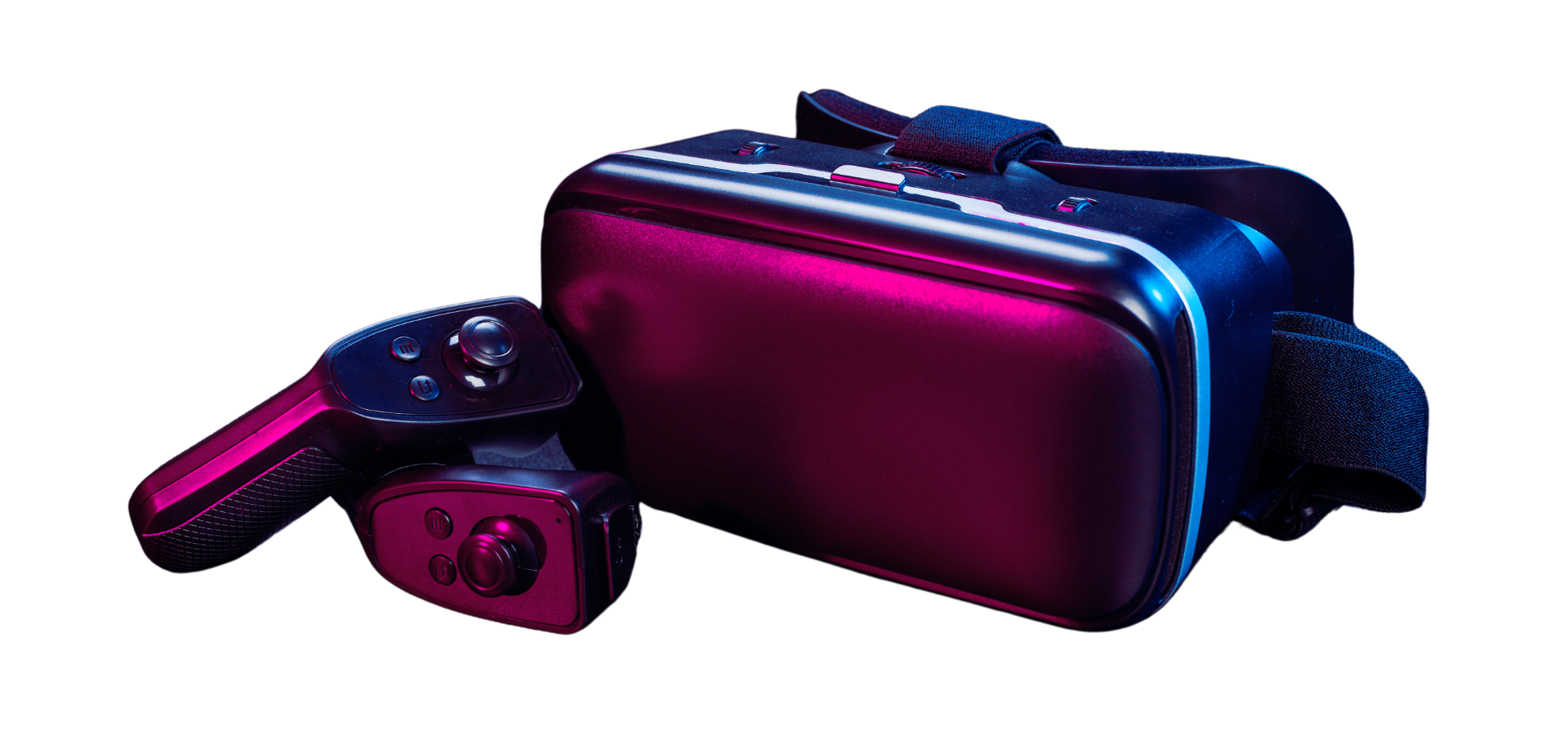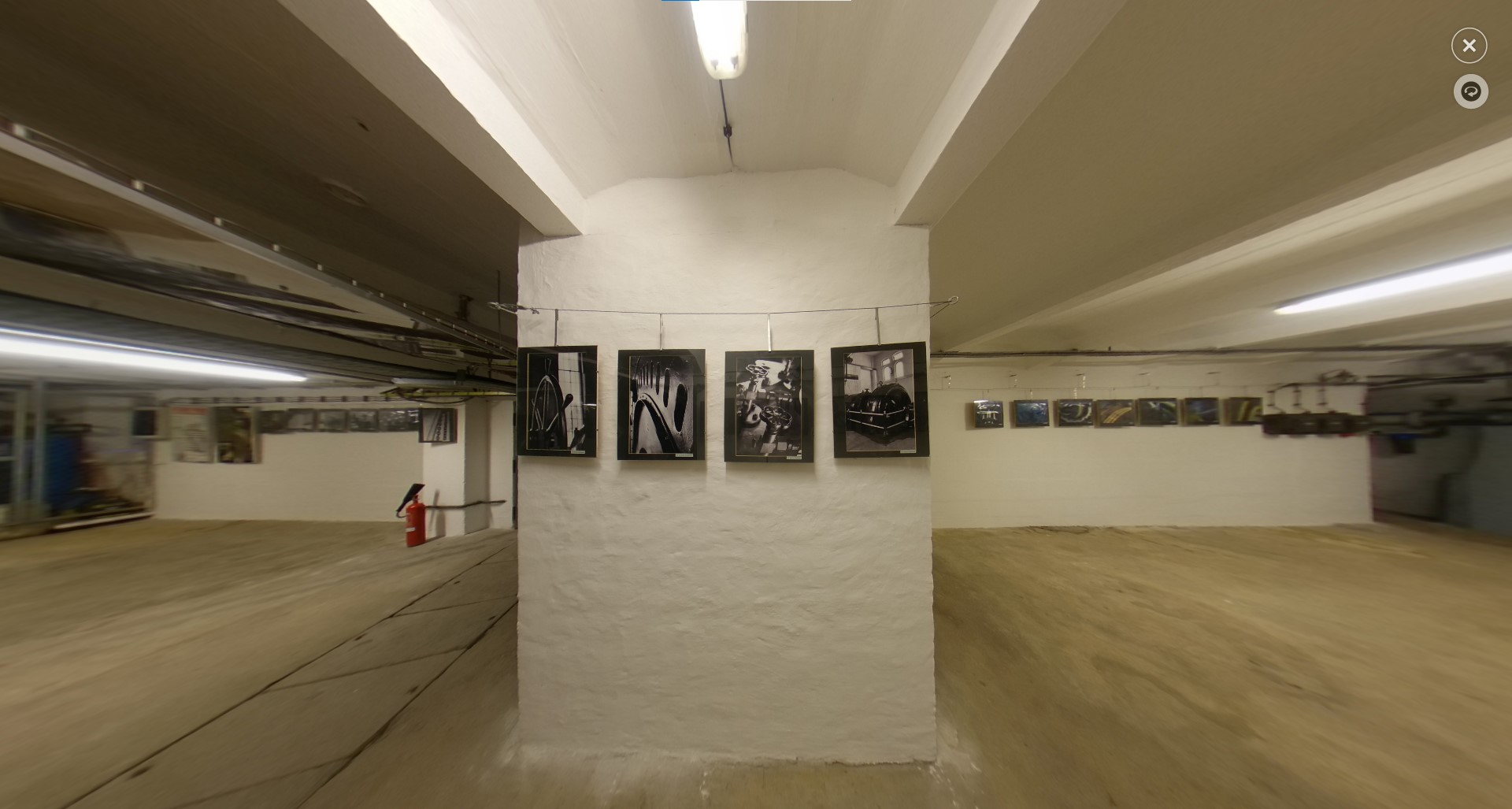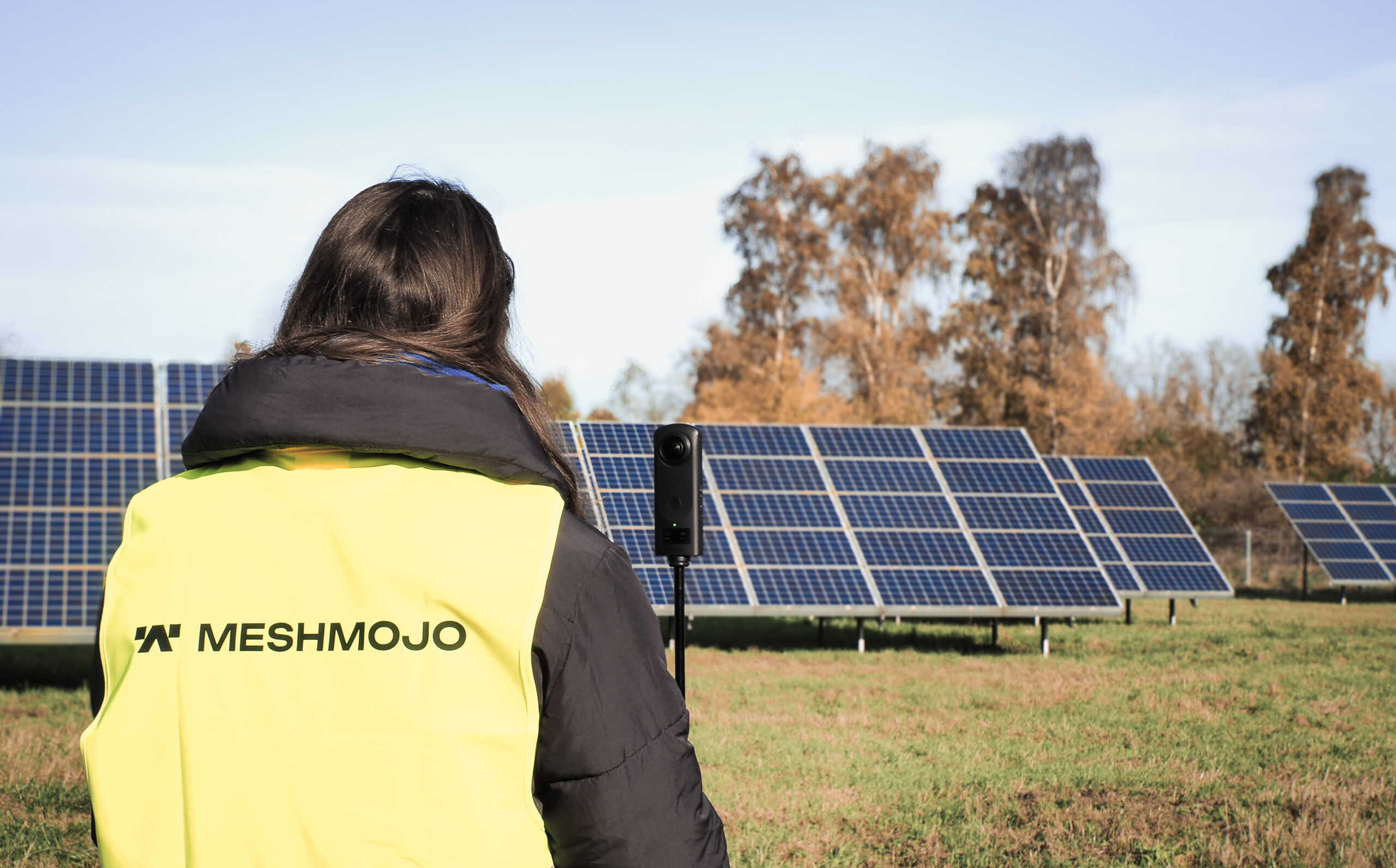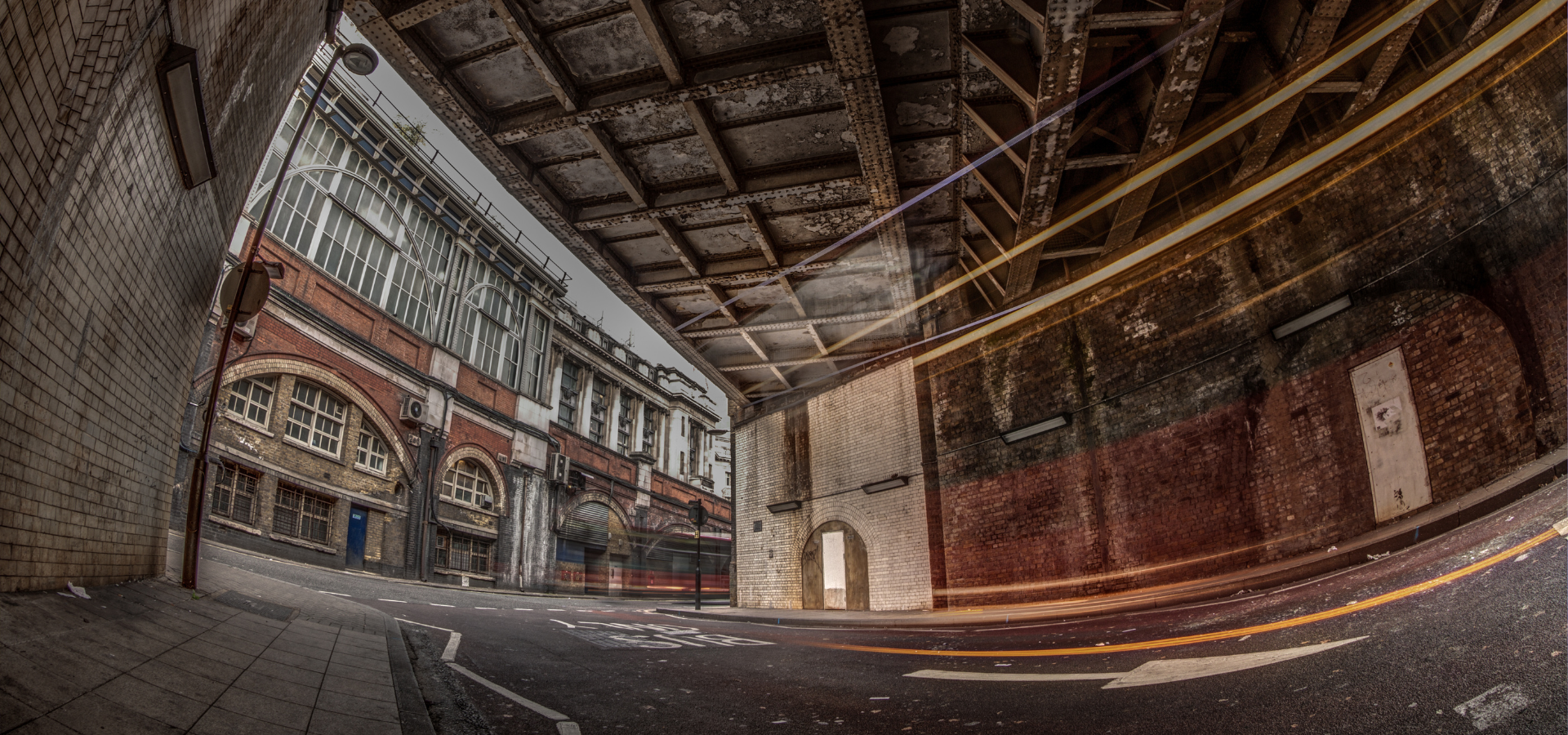A virtual tour is an interactive, three-dimensional presentation of a space
It allows the user to navigate virtually through a given location using a computer, tablet, or virtual reality (VR) goggles. It represents an advanced form of virtual reality technology, providing users with the sensation of being present in a different place, even though physically located elsewhere.




